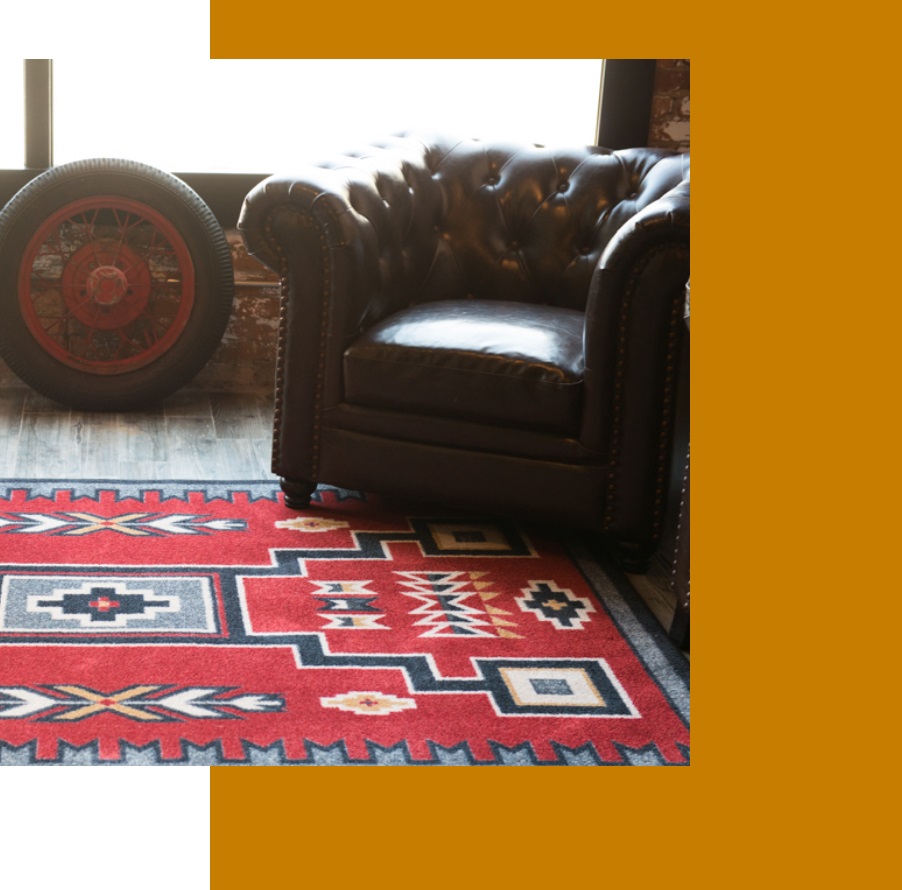
navajo chief blanket, for sale
The final type of Navajo rug design is one that was offered to Navajo chiefs. These were made using the highest quality threads available. The patterns are durable and simple. Blue, white, and brown are all prominent on Chief weavings. Once you are ready to have a Navajo rug of your own, you will want to know where to buy one. In order to receive a quality and authentic Navajo rug, you should seek out more reputable dealers. You will know you have found one when they are dedicated to answering any questions you may have. They will be direct and transparent with their answers. Also, they will have no issue providing you with a guarantee of authenticity to make sure you are getting a genuine rug.


